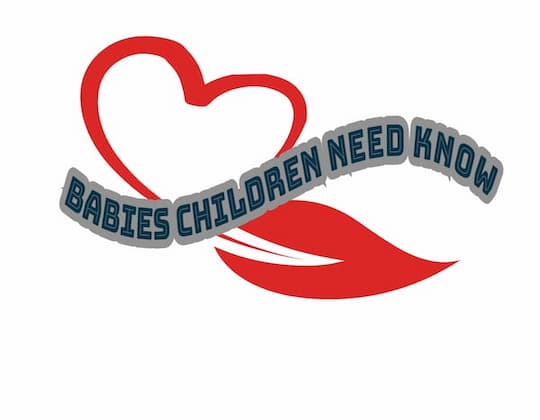haw Baby's are Breathing
Just like adults, babies need to breathe to stay alive.
Breathing also helps to take in the air so that oxygen enters the body and carbon dioxide can leave it, which maintains the normal acidity of bodily fluids at an optimal level.
Babies begin learning how to breathe shortly after birth, although it takes several weeks for them to become fully self-sufficient.
By 4 months of age, though, most babies are ready to do more on their own than simply breathe naturally and without assistance from others.
What is normal
Is it normal if my baby is breathing rapidly?
Is it normal if my baby stops breathing at night?
Every child develops at a different rate, but most newborns will breathe more rapidly than adults. As your baby matures and gains more control over her body, her ability to control her respiration improves.
However, it may be disconcerting to see your little one taking rapid breaths for no apparent reason.
Other signs of health problems
If your baby is younger than 4 months old, also look for other signs of health problems.
For example, if you can hear loud or abnormal heartbeats through a stethoscope placed on your baby’s chest (called heart murmurs), be sure to contact a doctor immediately.
In addition, watch for any changes in eating and sleeping habits that may signal problems.
What to do if they happen again
If your baby’s breathing changes suddenly, or if they start having a hard time breathing or become fussy or very sleepy, check their mouth and gums.
You should see their two top (or four bottoms) teeth at each side of their mouth.
If you don’t see them, then call your doctor right away. Your baby may need to go to a hospital.
They might be getting an infection that needs antibiotics to get better quickly.
When to see a doctor
Although it’s normal for babies to snore, gurgle or grunt a bit while sleeping, you should see your pediatrician if your baby appears to stop breathing altogether.
Some infant sleep apnea can be treated with a procedure called adenoidectomy.
Another potential condition is deformational plagiocephaly (commonly known as a flat head syndrome), which can sometimes be corrected by wearing a specialized helmet or performing stretching exercises during infancy and early childhood.


Comments
Post a Comment